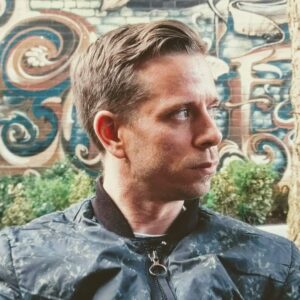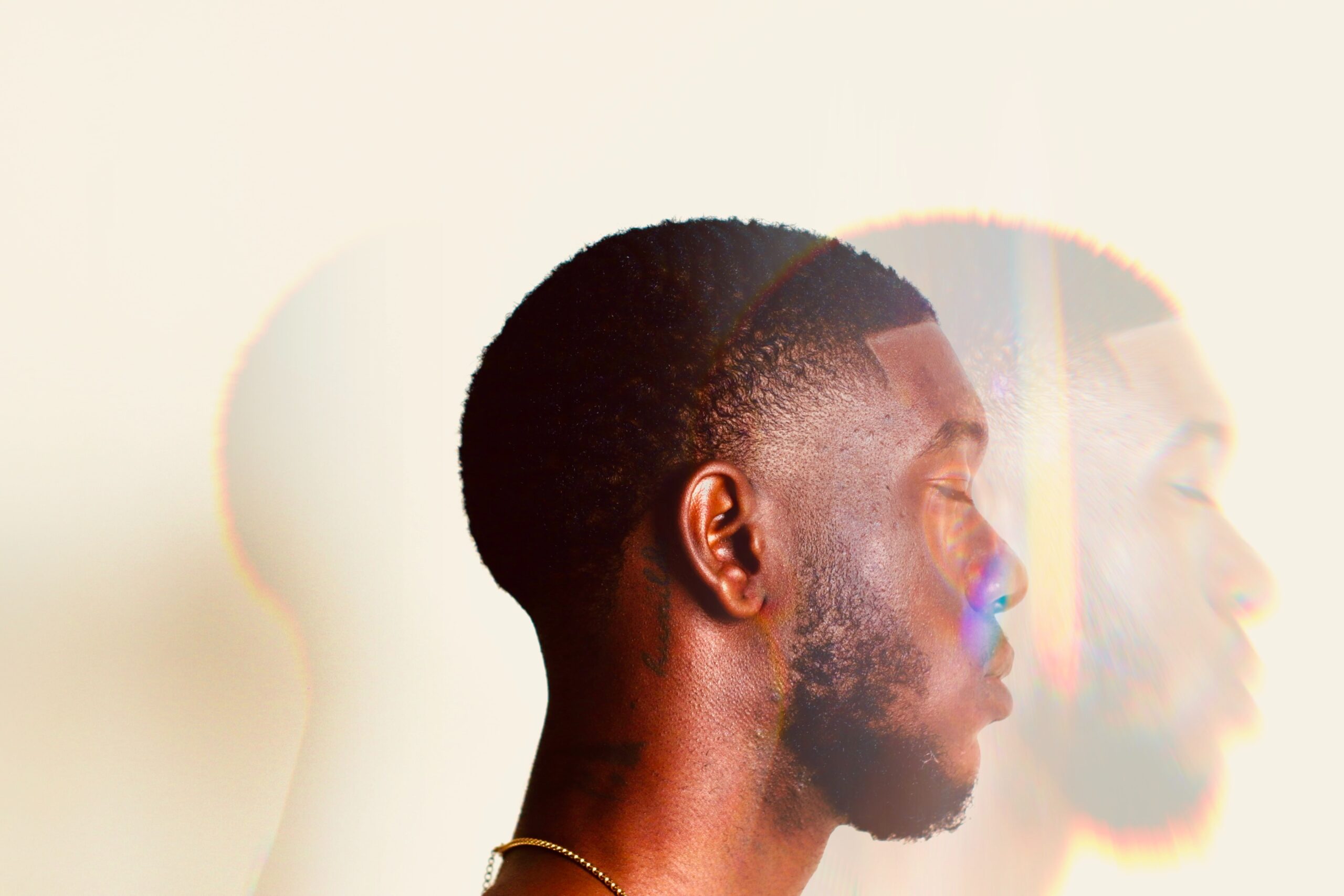Somewhere in the mess of our personal experience – meaning our upbringing, schooling, social relationships, romantic relationships, likes, dislikes, ideas, emotions, behavior and habits – is the ‘self’. It is the place that navigates all those experiences and provides us with a sense of ‘me’ in the midst of all that chaos.
But often we have very strange ideas about ourselves that arise from our lived personal experiences. For example, we might believe we are not a worthwhile person because we are bad at math, or bad at using computers, or singing, or playing badminton or swimming. We might consider ourselves clumsy or bad in the social sphere, or we might have habits that we know are bad for us that we feel unable to change. We might even use self-deprecating language as we go through our daily lives which constantly reaffirms the above sentiments and reinforces our self-beliefs.
But what would happen if we truly and deeply understood that all of our inabilities, insecurities and unintentional behavior’s were just the effect of what we have learned up to this point in our lives? If we gave ourselves a moment or two for that thought to sink in, I think that it could provide a feeling of hope within all that existential angst.
At the heart of that recognition is the idea that it is our actions and behavior that guide how we experience life and ourselves. And what that means is; as we move forward in life we get to choose what we give attention to, what ideas we develop, what actions we take and what behavior’s and habits we create. Another way to describe this is that we have the intellectual freedom to plan and decide what kind of life we want for ourselves in the future. This is a pretty hopeful idea, especially if we want to make changes in our lives that help us develop a better relationship with ourselves and the world around us.
But what does all this mean for us personally and how does it relate to being less clumsy, or developing better social skills or becoming better at badminton? And how does all of that relate to how we ‘listen’ to ourselves in movement?
One of Moshe Feldenkrais’s favorite sayings was ‘If you know what you are doing, you can do what you want.’
But what did he mean by this statement?
In my opinion it has a deeper implication than just developing our movement options.
The first part of the statement refers to knowing what you are doing, and if my earlier description of life experiences rings true for you, then it isn’t a huge stretch to say that many of us really don’t know what we are doing, and our learning to this point in our life hasn’t facilitated the deep sense of self knowing that Feldenkrais was referring to, that would allow us to have greater individual agency, and conversely be able to ‘do what we want’.
So how does one go about developing self-knowledge?
In a 45 minute long Feldenkrais lesson, the student is taken through a process that asks them to listen to the teacher’s instructions and replicate the movements based on their understanding of the words, without any visual reference. This creates an environment where they only have themself as a reference. They are encouraged to go at their own pace, stay within their comfortable movement range, try the movement in small increments and rehearse the movements in their imagination. They are even guided not to try to complete movements the teacher describes at the expense of experiencing the process of getting there. All of this creates the perfect environment for the student to begin listening to themselves. To start thinking and feeling how they do the movement. How the different variations feel in their own experience, how much of it they want to even try and do. In many instances the teacher will even encourage the student to stop listening to the instructions for a moment and rest when needed.
This all serves to create a self-referential process that has most likely never been taught to us in our whole life. It’s such a revelatory idea that many students can tap into some old emotional wounds during a lesson and it is common to see someone crying, perhaps because they haven’t felt ‘listened to’ in such a deep way before. During the lessons we provide that level of care and attention to ourselves, and it can be transformative.
At the end of the lesson not only have you got better at moving in a coordinated fashion, that would serve to improve your badminton swing, or swimming stroke. You have also gotten to know yourself on a deeper level and learnt how to listen and respond to your own needs in a much more refined way.
This is how we can begin to know ourselves, which can help us to sense and feel more of ourselves, and conversely start to know what we are doing, on a mental, emotional and physical level. But how does this facilitate us being able to do what we want? And furthermore, how does it relate to navigating the sea of our personal behavior’s and life experiences in such a way that leaves us with a fulfilled and self-assured sense of self?
The first thing to consider is how we actually identify what we want, as it can often be an amalgam of social pressure, societal or parental aspirations, overwhelmed / social media traumatised decision making that leaves you feeling that you are unsure if this is something that you actually want, or something that you are merely conditioned to want.
This is where the above process of learning to listen to ourselves becomes paramount, it serves as a growing lens that we can begin to look through. Where we can both listen to our needs and act in accordance with them.
If you add to that the overall process of the Feldenkrais Method as it relates to coordinating the body, you can start to feel inherently stronger, more physically capable, less plagued by existing limitations, and more connected to your environment. You are left with what I can only really describe as physical confidence. A confidence that comes from the knowing ourselves in movement, and feeling ourselves as capable human beings who can navigate the chaos of life and respond to one’s own needs in a prompt and satisfying manner.
In my own experience there were a number of moments where I felt this process as I went through the four year training process to become a Feldenkrais Practitioner.
One experience came from my own journey with anxiety. I had a kind of social anxiety where I found proximity to other people very difficult in certain situations. By that point in my life I had done Taiji, Qi Gong and meditation for many years, but in some way I never felt able to deeply relax during those practices and I often could only experience the stimulating elements of them.
This was particularly clear to me in some of the Qi Gong lying down exercises, where after a short series of stretches we were encouraged to follow the unwinding of the exercises and to relax into the experience. Many students would fall asleep during those sessions, which was annoying to me, because when I would lay down in a room of people my heart would be pounding for the entirety of the exercise and I often came out feeling worse than I went in.
So imagine my apprehension about starting a four year training, with a group of 60 people, where a large part of the curriculum was lying on the floor together.
At first the experience was as painful as I expected it to be and my anxiety was pretty high for the first few segments of the training. But slowly over time, as I was consistently given the opportunity to listen to myself and my needs as I navigated that slightly challenging environment, it began to change. Each Feldenkrais lesson provided me an opportunity to use my attention on the movement instructions, to be guided through a movement process, all while referring to my own sensations, respecting my own capability and listening to my own wants and needs. This was the perfect way to slowly take my attention away from my racing heart or mental preoccupation with others being in the room. Over time I became good at attending to myself and not worrying about the thing that I was previously worried about – I even fell asleep a couple of times during my training, which was groundbreaking!
And while this isn’t a skill that I could win any medals for, it was a part of life I found challenging, and I didn’t know why it was happening or what I could do about it. – I didn’t know what I was doing, so I couldn’t do what I wanted..
With each passing Feldenkrais lesson I became better at the process and now, almost 7 years later, anxiety is something I rarely think about. I also know myself better, can respond to my own personal needs more effectively and have developed tools to understand myself and act from that understanding in a coherent way.
Not to mention the various ways it helped me physically, improving the quality of my Qi Gong and Taiji movement, helping me with some persistent challenges with my knees, and subsequently being able to go on long walks (hikes) again.
Saying the training was a life changing process for me seems like a pretty cliched thing to say to wrap this article up, but it was. And my Feldenkrais-educated guess is that the method might be a useful tool for you as you begin the journey towards listening to your ‘self’ more deeply.
 About Joe:
About Joe:
Joe began his study of Qi Gong, Taiji and Meditation when he was 18, over 20 years ago.
He was lucky to train under a Taiji grand master and lineage holder in both Chan (Zen) and Tibetan Buddhism.
He began studying the Feldenkrais method to help him deal with some physical challenges developed through overtraining, and some mental / emotional challenges from many years of experiencing anxiety symptoms. The process was so impactful that he decided to undertake the 4 year training in the method and has since qualified as a Feldenkrais practitioner in 2020.
He is now based in Bristol in the UK, and teaches classes and 1 to 1 lessons, locally and online.
More information is available via his website: Thoughtful Movements

